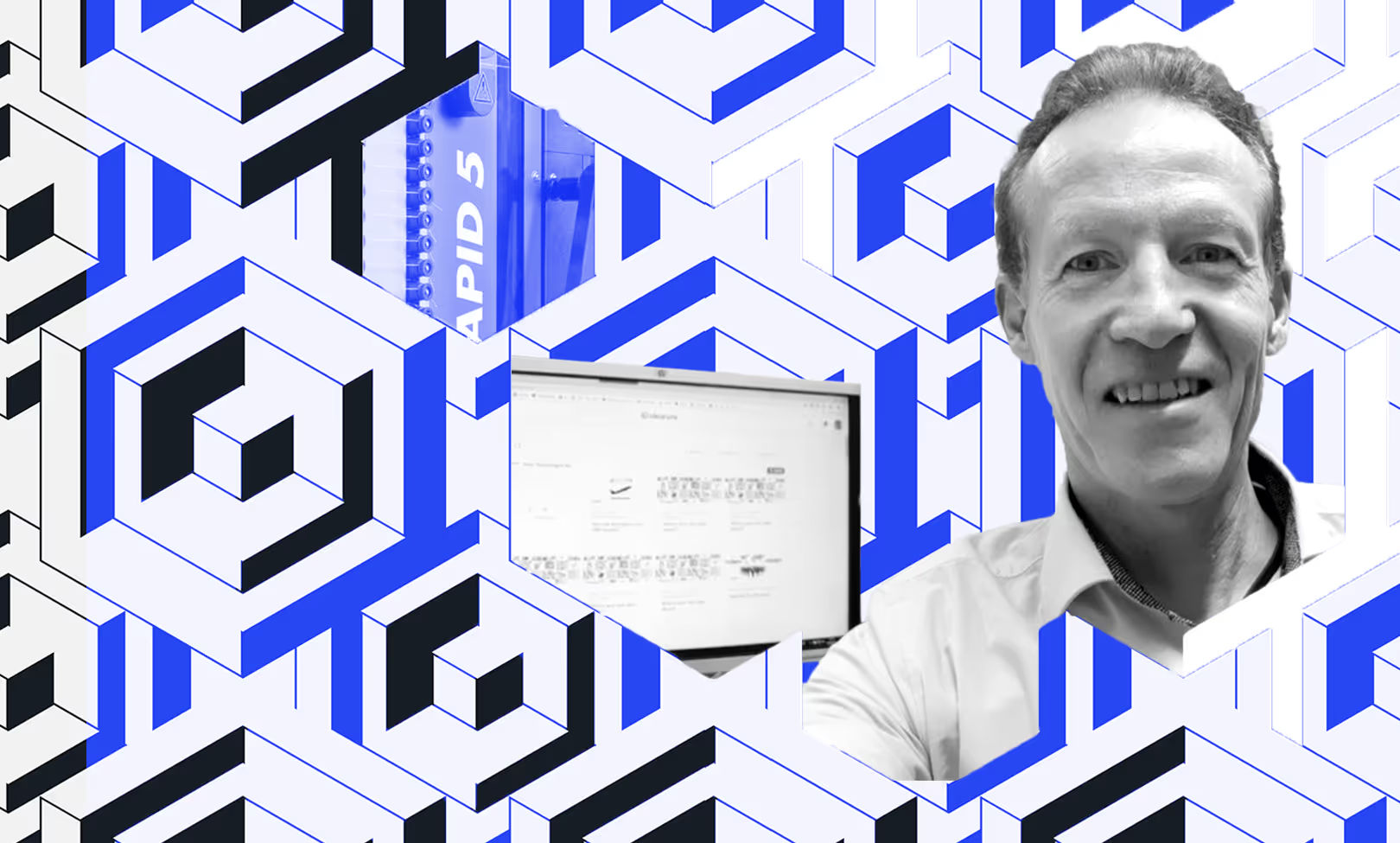
3 Examples of Innovation That Improved the World
Sometimes, the biggest revolutions don’t start with a roar—they begin quietly, with a printer, a petition, or a phone app. These are not science fiction tales of faraway futures; they are real stories of how ingenuity transforms lives today. From printing human organs to freeing prisoners with a text, to rescuing wasted food, each example reveals a profound truth: the tools to improve the world are often already in our hands. The question is, how will we use them?
Improving the world is an attractive thought, but what does that even mean? And how do you do it? The three following examples show you how using already existing technology has saved lives, released people from prison and saved over 3,000 tons of CO2.
Improving The World Through 3D Printing
On average, 20 American people will die while on the transplant waiting list. In England, one in ten people on the transplant waiting list will die before they can receive an organ. The world has an organ problem, too many people need organs and not enough people are donating.
A suggested solution to this issue is bio-printing, which gained traction in the late 1990’s when the first partially 3D printed organ was created.
Replacing plastic and metal with regenerative cells and biomaterial, doctors have already been able to print and implant bladders, skin and urine tubes. Organs in the process of being refined include ears and heart muscles.
The benefits to using 3D technology to print organs are twofold; the organ contains the patient’s own cells, making organ rejection a moot issue, and the possibility to print-on-demand could possibly solve the shortage of donor organs.
A bionic ear created by scientists at Princeton University. This ear is made from human cells and through technology is able to hear frequencies beyond normal human capacity.
But 3D printing technology not only has the ability to deal with the organ issue. Using 3D printers, doctors have been able to print custom fit bone replacements. An example of this is the case of a 32-year-old woman in India. A tuberculosis infection in her spine resulted in significant damage to ten vertebrae. This damage meant that she was at risk of losing control over her limbs, quadriplegia and even death. The 3D printed vertebrae resulted in her rapid recovery.
As 3D printing technology is continuously improving, the idea of 3D printed kidneys and hearts is not far away. The continued evolution and refinement of bio-printing shows how thinking creatively about new technology and their capabilities can lead to amazing things. While titanium vertebrae and 3D printed bladders were not the goals with the first 3D printer in 1984, creative thinking and constant strive for innovation has made them possible.
Improving the World Through Tech-Activism
Amnesty Lifeline in action. (Screenshot from video)
The technology behind Lifeline is incredibly simple;
1.Amnesty Lifeline sends users 1-2 cases each month
2.Each case includes a brief description of the person concerned
3.To sign the petition the user texts AKTION to 1252
The latest case sent to Amnesty Lifeline activists. This case briefly describes how Egyptian women’s rights campaigner Azza Hilal Ahmad Suleiman faces 15 years in jail for “slandering Egypt’s image by claiming that women in the country face rape”
Using Lifeline, Amnesty claims success in every three cases. Among their most recent successes is the release of human right’s advocate Dr. Mudawi Ibrahim Adam, considered a prisoner of conscience. With Lifeline, Amnesty gathered 50,877 Danish signatures and over 1100 personal messages to Dr. Adam.
Examples of Amnesty’s victories; securing the release of 22-year old student Dilip Roy, who was threatened with 14 years in jail for critiquing the Bangladesh prime minister’s environment policy. Amnesty also managed to make Denmark the first country in the world to remove transgenderism from their list of mental illnesses.
Improving the World Through An App
According to the European Union, food waste not only costs about 143 billion euros annually, it is also considered an ethical, economic and environmental issue. In Denmark alone, a country of 5,7 million people, 700,000 tons of food is wasted each year. It is tempting to think that this amount is partly responsible for the food waste revolution surging through Denmark.
There are many great examples of how normal citizens have taken up arms against food waste and created food banks, kitchens, and even stores that all deal the food waste in different ways. Notably is the Danish start-up app Too Good To Go
The app uses the phone’s GPS to locate nearby businesses that participate in the Too Good To Go program. Because payment takes place through the app, all the customer has to do is show up during the designated time period and collects their food. To avoid further waste, all the food is stored in biodegradable bags/containers.
According to co-founder Klaus Pedersen; “Through Too Good To Go there has been saved over 1,6 million meals from the landfill, and due to our current high level of activity, we expect to save over 200,000 meals in September.”
But saving over 1,6 million meals from the garbage is not the only environmental benefit. Since their creation in 2015, Too Good To Go has helped reduce 3,202 tons of CO2.
Too Good To Go is a brilliant example of a start-up mixing already existing technology with the wish to do good, and making a visible impact in the process.
If you can’t tell, we love ideas and innovation.
Next up to Read:
Turn Ideas Into World-Changing Innovations Today




